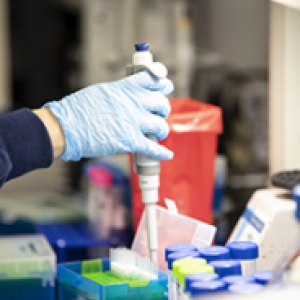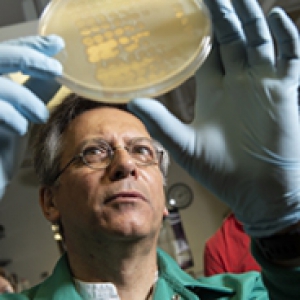The Plan for Pitt: Engage in Research of Impact

Friday, July 16, 2021
They’re on your toothbrush, in your clothes and mixed into your makeup: Silver nanoparticles have germ-killing properties, but could they be adding to antimicrobial resistance? A Pitt engineering team explored this understudied question.

Thursday, July 15, 2021
A new report issued by Pitt’s Institute of Politics recommends ways to improve the long-term sustainability, resiliency and preparedness of municipalities in Southwestern Pennsylvania.

Tuesday, July 13, 2021
The largest-ever analysis of opioid use disorder among Medicaid recipients, led by Pitt Public Health Professor Julie Donohue, gives key insights on improving access to quality treatment.

Tuesday, July 13, 2021
The Pitt Seed Grant program, now in its fourth year, will provide funding to projects from 16 units, schools and divisions across the University and support the goals of Pitt’s strategic plan.

Friday, July 9, 2021
If you visited a doctor by video chat during the pandemic, you had an experience with the field known as telehealth or...

Thursday, July 8, 2021
Pitt will collaborate with BridgeBio Pharma, Inc. to identify and support the development of novel therapies for patients with genetic diseases and cancers with clear genetic drivers.

Thursday, July 8, 2021
In 2019, biologist Graham Hatfull’s research on bacteria-killing viruses saved a British teenager’s life. Based on that success, a new patient’s case, published in Nature Medicine, further advances the science behind curing antibiotic-resistant lung infections.

Tuesday, July 6, 2021
COVID-19 surges don’t care about borders or politics—instead they look more like weather patterns, flowing across the North American continent. Animations from Pitt Public Health give new insights that could lead to pandemic forecasting.



